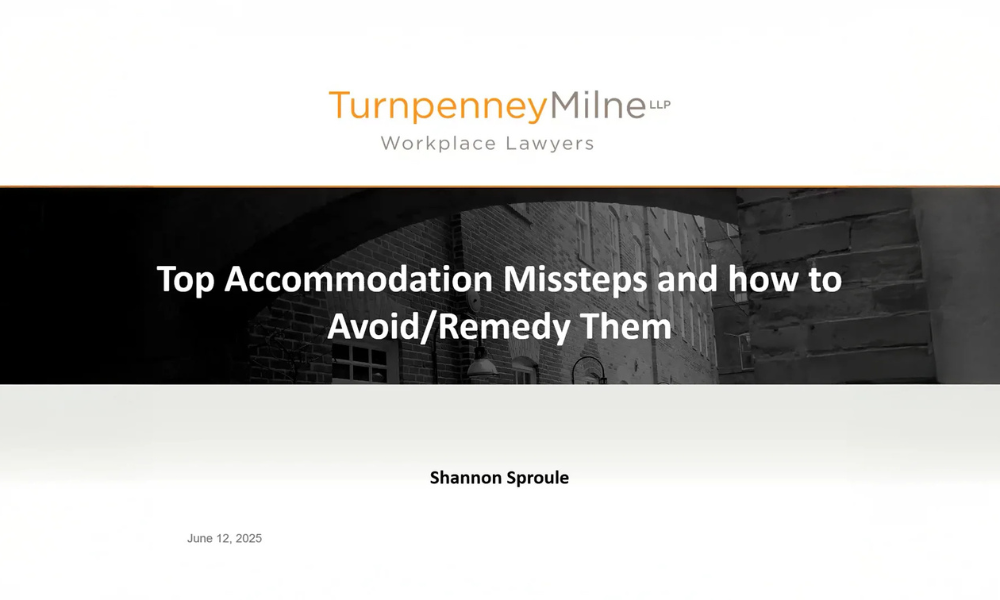In recent years, public sector organisations have faced a sustained period of staff unrest in health, social care, and education. Pay offers have fallen short of expectations during wage stagnation and inflation, and low staffing levels are stressing current workers tasked with ever-higher workloads, contributing to higher attrition rates.
Beyond pay and staffing levels, the House of Lords reports other concerns. The slow pace of change, a lack of efficiency, and a reliance on outdated systems are common complaints. Those in senior roles are often in the public eye and subject to higher scrutiny than those in private companies. Meanwhile, the staff on the frontlines, who play a crucial role in the community, feel undervalued and unrecognised for their work and do not feel empowered to act with autonomy to provide compassion and care.
While pay awards are outside the control of many, much can be done to attract and retain talent in the public sector. An openness to change and new ways of working, including embracing new technologies, accelerating the pace of change and adopting more transparent processes, can help employees see their work make a significant impact and ensure a fair deal for all.
Short-term solutions include broadening the search for talent by looking to unexplored talent pools. This can include changing the targeting of recruitment campaigns and examining role criteria and descriptions to ensure they are accessible to those outside the civil service. However, just as important is building a culture of recognition within the public sector and shaping an attractive employer brand that reflects all that the public sector has to offer its employees.
In the longer term, digital transformation holds the key to unlocking the power of automation and AI, reducing administrative burden and increasing efficiency. A new approach to career pathways, such as those offered by modern apprenticeships, can offer new routes into careers such as nursing and policing for those looking for an alternative to traditional university education. These tactics form part of a strategic workplace plan that looks to the future, assessing current capabilities and planning for the new skills that will be needed.
But it’s essential to change the story we tell about public sector work. Many benefits are often overlooked, from job stability and generous pension schemes to the deep sense of purpose employees experience when working for the good of the greater community. Public service careers can be interesting, extremely rewarding and personally fulfilling. However, the right branding, messaging and communication channels must be adopted to engage and secure talent.





